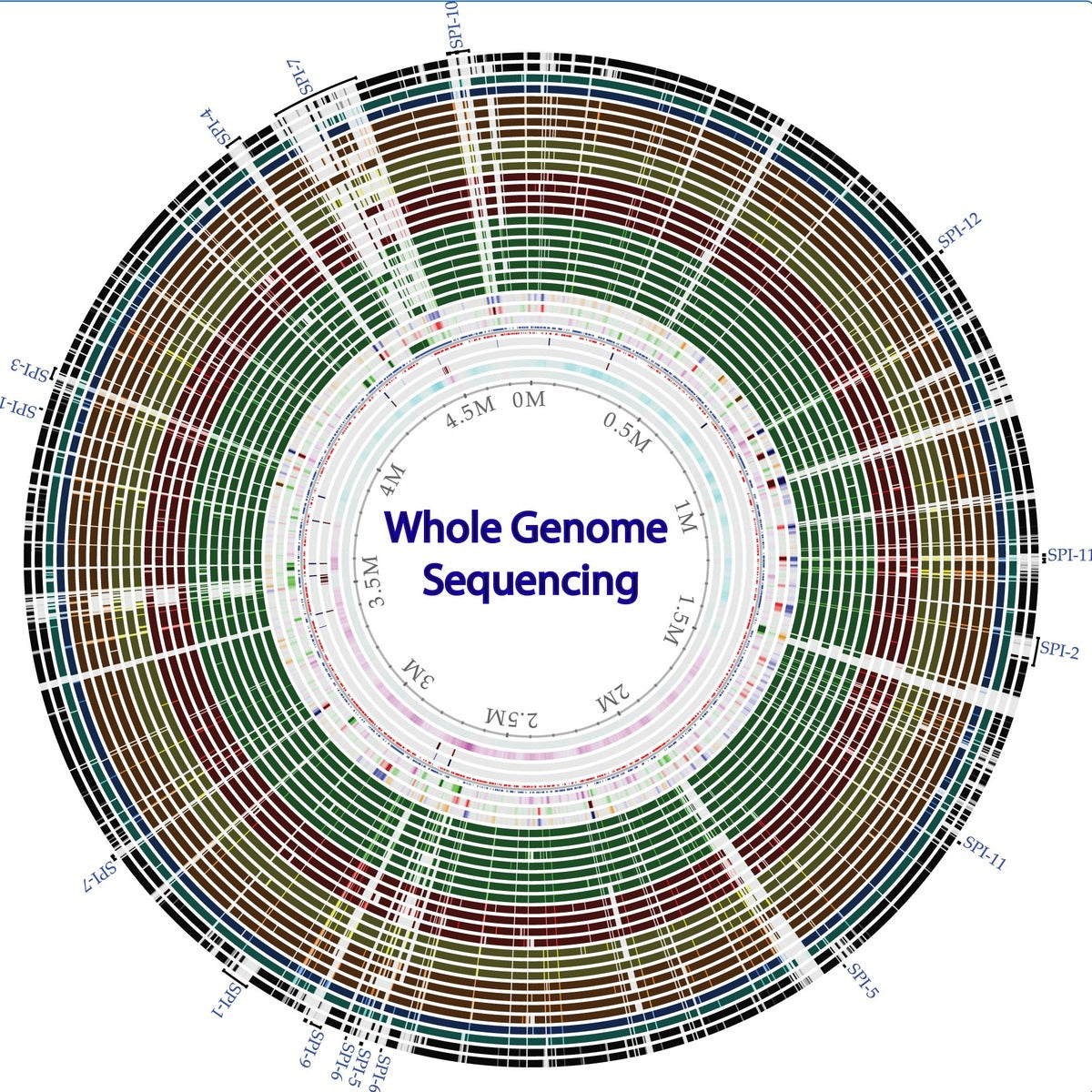What is the Genome?

The Human Genome.
On some of our previous articles, we have gone in depth regarding the structure and function of DNA, as well as the implications of DNA integrity and your health. In this article however, we will discuss a bit more about the science of genetics with a particular focus on the Human Genome.
What is a Genome?
In genetics, the genome simply refers to an organism’s complete DNA set, which includes all of its genes. Every cell within your body that possesses a nucleus (with the exception of red blood cells) contains a set amount of DNA carrying the same genes as every other cell. In fact, the genome within each cell contains all of the information needed to build and maintain the organism, in this case, you. For humans, the complete genome contains approximately three billion base pairs.
If you remember from our article How DNA works: the library of life, base pairs are the combination of nitrogenous bases formed as two DNA strands come together to form one double-stranded DNA molecule. During the process of transcription (DNA to RNA), DNA is split into two single strands and one of these strands is used as a template to build a complementary strand of RNA. This RNA strand will leave the nucleus to migrate towards the ribosomes and be used to code for various important proteins. This is done by piecing amino acids together which are coded by every three nitrogenous bases on the RNA molecule (codons).
Now all nerd-talk aside, why are base pairs important and how are they related to genes as well as the overall genome? Base pairs are what determines what proteins are produced, and much like the code needed to build a computer software, the way base pairs are arranged together dictates what is produced at the end of the protein-making process. Of course, much like the code needed to build a computer software, if this base pair arrangement is disturbed, the product will be either completely defective or not produced at all.
Of course, if we are talking about genetics, base pairs and the human genome, we must inherently discuss what a gene actually is. Well, luckily there is a simple answer to that question.
Genes are simply portions of DNA that code for a specific proteins. As we previously mentioned at the beginning of this article, the complete human genome is composed of three billion base pairs. However, all of those three billion base pairs are not meant to code for one thing. Rather, those three billion base pairs are divided into thousands of different sections, each one coding for something different. For example, one section of the genome may code for the proteins responsible for eye color, while another section may code for insulin.
Some of the sections of the genome, however, do not code for anything. Telomeres, for example, are sections of the genome that act as a “cap on a bottle” and protect DNA from spontaneously unwinding or being damaged by an external force. These sections actually shorten over time as DNA replicates during cell division and their shortening is related to the natural aging process. That is, each time cells multiply, telomeres shorten. As we grow older, this leaves our DNA exposed to more damage. Hence, this may explain why cancer is predominantly a disease of the elder.
It is also important to point out that although every cell in your body contains the same genome, this does not mean that every cell expresses the same genes. This has a lot to do with our talk on epigenetics, or the idea that DNA interacts with its environment and these interactions determine what genes (sections of the genome) are suppressed or expressed.
For example, liver cells often express genes that lead to the production of important proteins that help in detoxification of unwanted products while neurons express genes that lead to the production of important neurotransmitters. This makes sense as it would not be logical for a liver cell to be producing dopamine, as dopamine has no particular function in the liver.
This communication between the genome and its environment is crucial during gestation as well. That is because during the process of cell differentiation (when cells pick their jobs), the cellular environment determines what genes are expressed in which cells and whether an undifferentiated cell will end up being a liver cell or neuron.
The Human Genome Project.
Scientists were forever interested in understanding the human genome and mapping out all of the genes present within it. By knowing which genes code for what, scientists have the ability to therapeutically target or repair those genes. This is often referred to as gene therapy. In fact, medicine has come as far as to creating a branch known as personalized medicine, which deals with the concept of using an individual’s genome to find the best treatments, diets or even exercise plans.
The entire human genome sequence was determined through an international research project known as the Human Genome Project. The project was managed and coordinated by the National Institutes of Health and the U.S Department of Energy. Collaborators from universities across the U.S and around the world came together to map out and identify every single gene in the human genome. Some countries that participated in these efforts included the U.K, France, Germany, Japan and China. This human genome sequence project began in 1990 and culminated in 2003, two years ahead of schedule. Figuring out the entire human genome sequence has had a tremendous influence in the area of medicine, biotechnology and the life sciences.
By the end of this project, all 3 billion base pairs within the human genome sequence were identified along with an estimated 20-25,000 genes coding for all kinds of proteins. What a feat for science.

